What is the decoration of the building? Correctly, the final stage in its repair or construction. And did you ever think about the fact that it is the finishing design that will become the embodiment of all visible and invisible works carried out. To give the house an external and internal beauty will help the universal finishing material – mineral plaster. We will talk about how to use it correctly in this article.
What is in the composition?
The main components of the plastering mixture of mineral type are:
1. Lightweight natural filler.
2. Marble granulate.
3. Hydrated lime.
4. Portland cement of high quality.
Presence in the composition of lime should not confuse you. It will not dissolve under the action of moisture, because it is fixed by special substances. Four leading versions of the mixture proved to be the best ones:
Shuba
The second name is “lamb”. The composition makes it possible to realize textured surfaces. The main application is facades. Finishing is large-structured. Under the layer of such plaster it is easy to hide the decorative flaws of the outer walls.
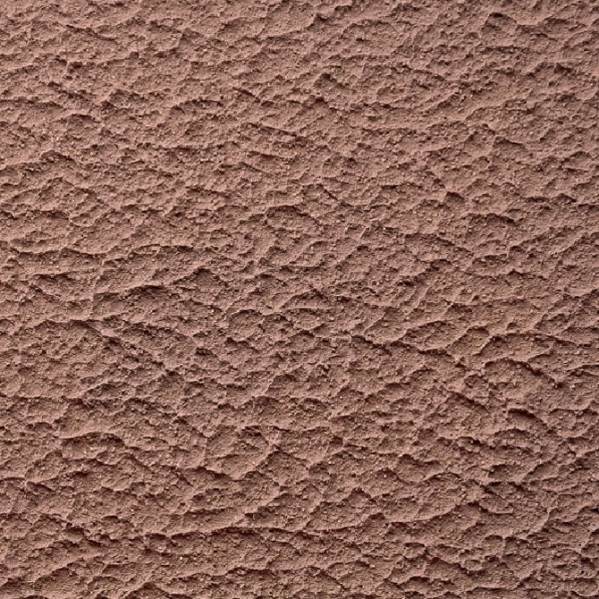
Mineral plaster “coat”
“Bark beetle”
A variant on hearing at all. In the composition of the mixture there are pebbles which, when smoothing the surface, cut through it specific depressions. Universal type of plaster, suitable for both exterior and interior decoration works.
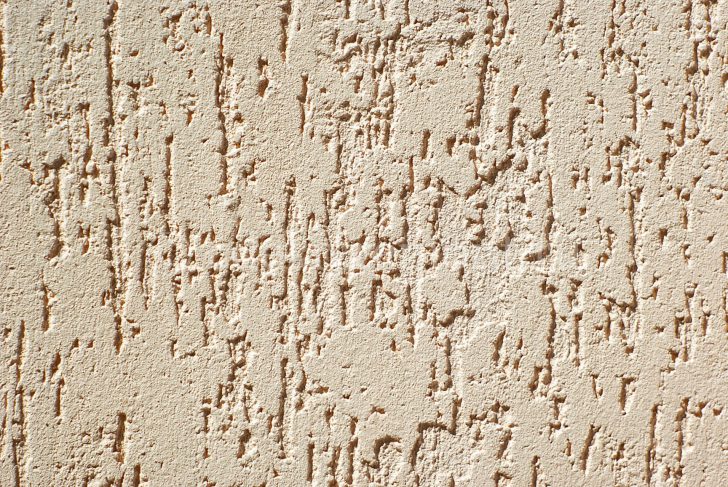
Plaster “bark beetle”
Plaster with marble filler
In the people it is often called “Bairamix”, associatively with the brand that first introduced it. Today many companies make similar compositions. The plaster is different in color and size of pebbles.
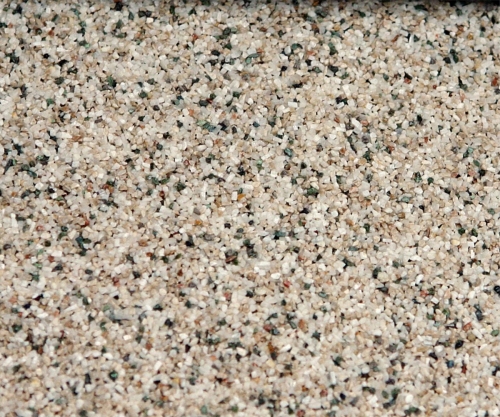
Mineral plaster with marble filler
Venetian plaster
It contains fine granular filler. After applying to the wall and additional treatment with wax, it forms an unusually beautiful surface, imitating the texture of natural stone. The option is exclusive for interior design.
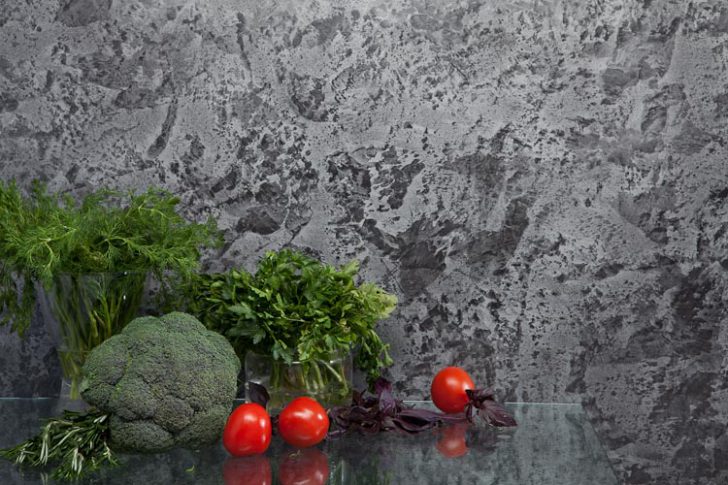
Venetian plaster
Mineral plaster: classification and use
Manufacturers offer plaster mixes, suitable:
- for internal works,
- outdoor works.
Naturally, the composition of mineral plasters of each category will have significant differences.
Decorative plaster
Mixtures of this type are used for finishing interiors. They perform two functions at once:
1. Protect the surface of the walls.
2. They give them a certain texture.
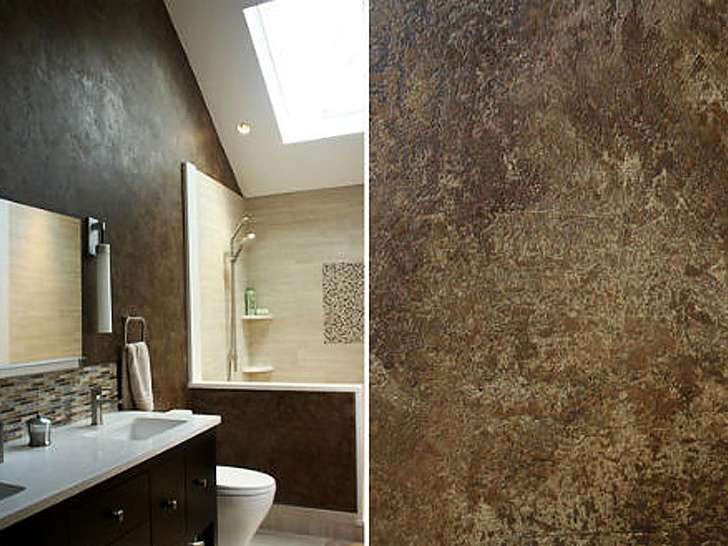
Decorating walls with decorative mineral plaster
When selecting the appropriate option, attention should be paid to the following indicators:
- type of the binding basis;
- type of filler;
- the size of the granulate.
Types of fillers
Fillers in mineral plaster can be:
- Ceramic crumb. In mineral compositions it is infrequent because of the laboriousness of producing mixtures of this quality.
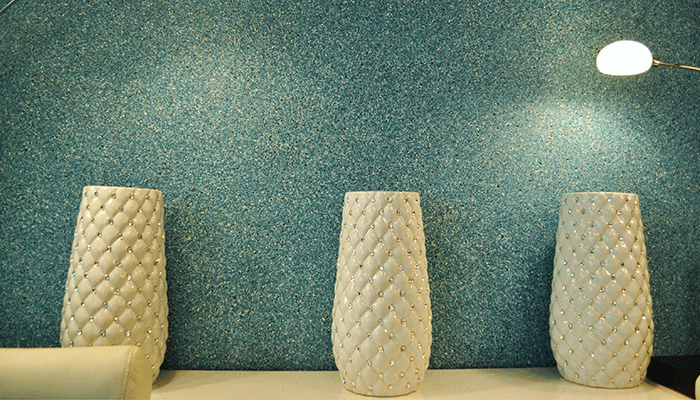
Plaster with ceramic chips
- Colored clay. The most popular option, because it refers to the budget category and allows you to diversify the color gamut of mixtures.
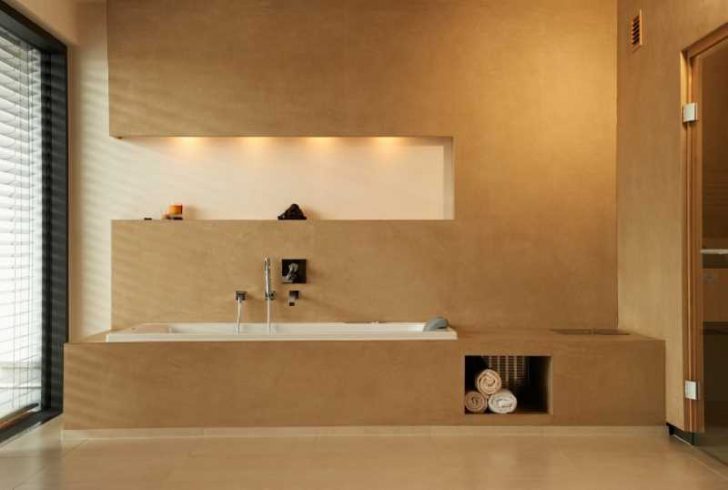
Plaster with colored clay
- Granulate from a crumb of glass. Interesting high decorative. Do not worry that the walls will turn out to be “prickly.” The glass particles undergo a specific treatment, so their edges are smoothed.
- Particles of anthracite. Coal filler is a component of plaster mixes of dark color. In the range of shops appears rarely.
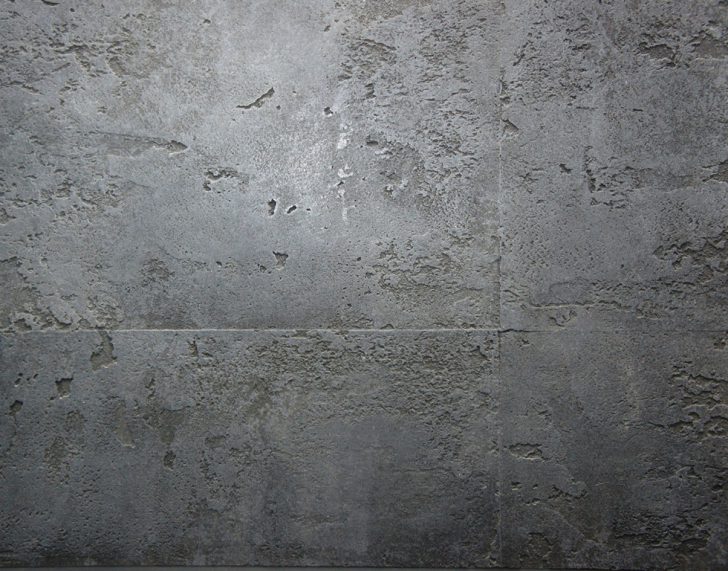
Plaster with anthracite
- Mica. By decorative material is akin to glass. Allows creating beautiful surfaces.
- Quartz. Mineral plaster with quartz for internal work captivates not only the loyal value, but also the ease of use.
- Marble chips. Plastered with this mixture of surface have increased strength and attractive appearance.
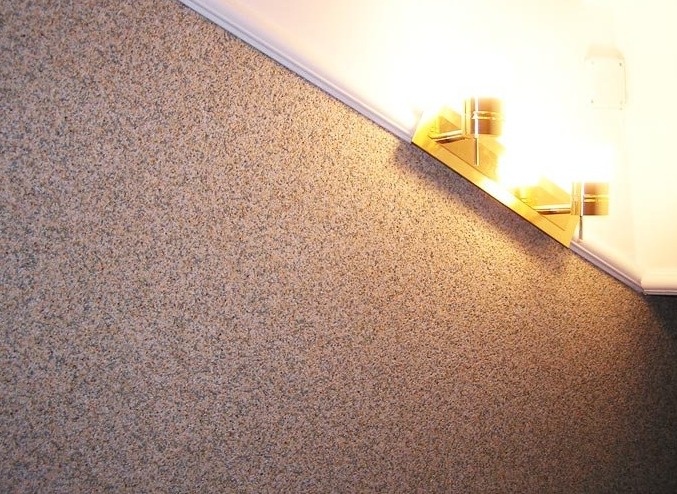
Plaster with marble chips
The degree of decorative effectiveness of mineral plaster depends directly on the size of the filler.
- Coarse-grained mixtures contain particles of a diameter of 5 mm. Such compositions are optimal for outdoor work.
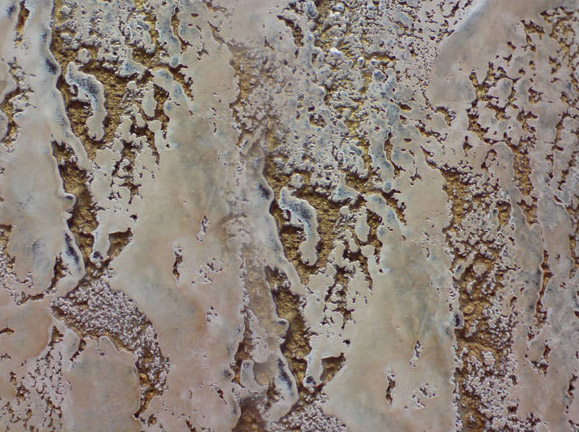
Coarse-grained plaster
- Large-scale mixtures are filled with 3.5 – 4.0 mm granulate. They are suitable for finishing surfaces that carry heavy loads. Area of use: public facilities, corridors.
- Medium-composition compounds. They are classified as universal variants. Granulate in them has a cross section of 1.5 – 3 mm. Are in demand in finishing corridors and rooms with a damp microclimate.
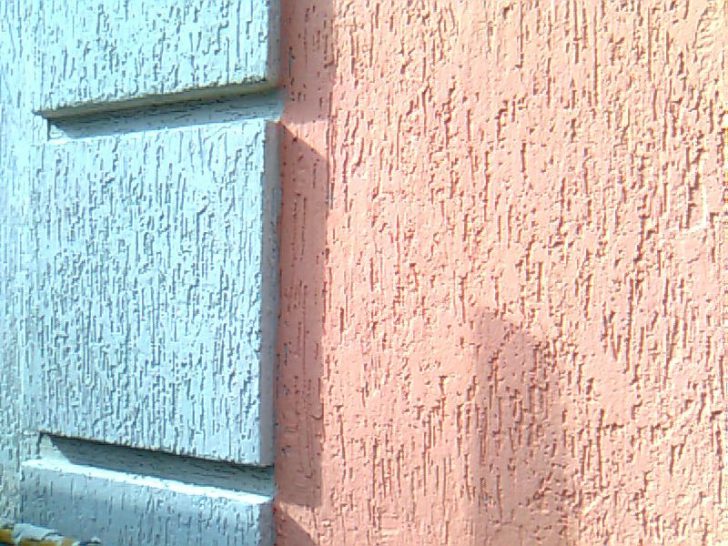
Medium-to-normal plaster
- Fine-mix mixtures. The filler in them is barely noticeable. The size of the crumb is up to 1 mm. It allows to create surfaces of light relief, which makes plaster in demand in the decoration of rooms of any functional.

Fine mineral plaster
- Fine mixtures. Finely dispersed clays, which form part of them, provide an ideal smoothness to surfaces.
Decorative plaster of mineral class is convenient and simple in work, perfectly adheres to the most various bases, including: gypsum plasterboard, plywood, asbestos cement, concrete.
Technology of plaster application
Where to begin?
No matter how textured the decorative plaster, it will never lie beautifully on the walls, if their surfaces have not passed the process of preliminary leveling. If the decor is not re-established surfaces, they will have to get rid of the remnants of the old finish and pollution. After leveling, the base is covered with an acrylic primer.
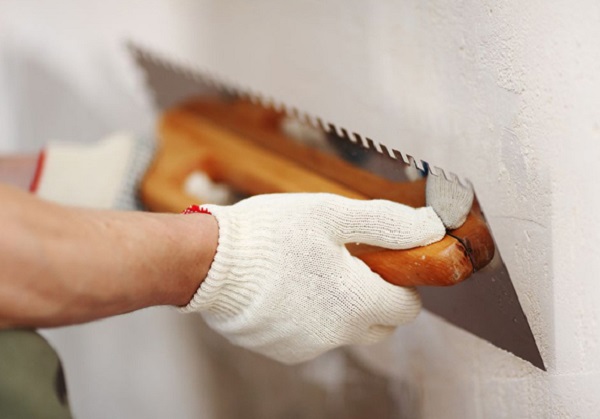
Before plastering, level the walls
Preparing to work a mixture of mineral plaster does not cause problems. The formulation and procedure for the preparation of the working mixture are indicated on the packaging of the material.
You can work with the solution in two ways:
1. By applying it manually.
2. Using the pump.
Work inside the premises is most often carried out manually, unless it is certainly not the huge supermarket halls.
What is needed?
In the list of necessary accessories:
– containers for mixing the working composition;
– a variety of spatulas;
– building mixer;
– steel and plastic floats;
– Trowel.
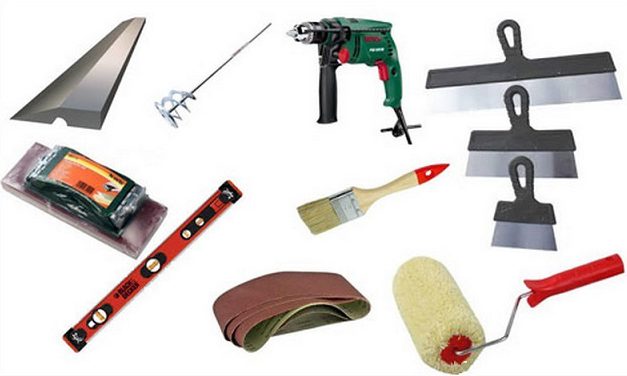
Required plastering tools
In addition to this, you may need an adhesive tape, a plaster grid, beacons, corner profiles and other specific things.
How to apply
Nabryzg
This is the simplest technique for creating a relief surface. It is carried out in two stages. Primarily – the wall is plastered in the standard order. After the layer dries, texture is imparted to it, a spray of a new one. For work you can use a regular broom and a stick. The broom must be immersed in the solution, then hit it with a stick so that the spray hits the wall. The size of the flakes formed in this case will depend on the quality of the broom and the density of the working solution. You can make color combinations. For example, paint the base in orange, and leave a drop of spray on the white.

Application of mineral plaster by the method of “spraying”
In a similar way, the Italian version of the finish is also performed, but in this method one should not wait for the layers to dry out. The applied spray is immediately smoothed in such a way that it overlaps most of the base color, that is, remained on the wall not with drops or “snowflakes”, but turned out to be a divorce. Yellow-green solutions look interesting.
Structuring the surface with a trowel
Original zadekorirovat surface can be using a trowel. In this case, again, a cover layer is laid over which a plaster solution collected in a small amount on the trowel throws lightly. In doing so, we must try to execute a certain drawing.

Structuring the surface with a trowel
Naches-hatching
Decorative work is carried out on a fresh layer of mineral plaster. The main working tool is a metal brush, which is carried along the treated surface in different directions. You can simulate brush strokes, perform an abstraction, and so on. The finished area is left to dry for a day, after which it is peeled from poorly adhering particles of the solution. You can do this with a sponge, rag or rubber spatula.
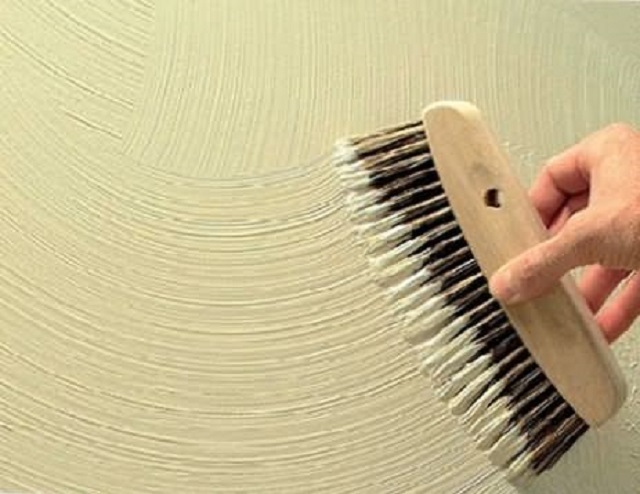
Naches-hatching of plaster
Stamping with roller
The roller is also suitable for rendering relief to the surfaces to be decorated. On sale there are tools with a ready-made design, so you will only have to roll it over a freshly plastered wall. Having certain talents it is possible to cut out the stencilled drawing on the roller’s role independently or to act even simpler – wrap it with an ordinary rope. In the latter case, the pattern will be very reminiscent of the grass stems. Looks, by the way, very unusual.
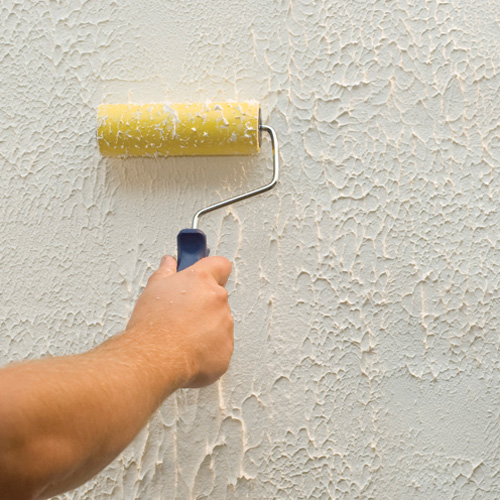
Stamping of mineral plaster with roller
Sgraffito technique
Quite a complicated way to decorate, but with such work it is quite possible to cope on your own. It will be necessary to apply several colored layers of plaster. The choice of color combinations is free.
After applying the latter, stencils are attracted to works, better than geometric shapes. They mark the boundaries of sites where the superimposed plaster will be removed. Do grooves with incisors or with the help of scrapers. The upper layer can be removed in a fairly large volume, then the remaining islets will look like an applique against the background of the underlying base. If you scrape small areas, then the effect of shading the picture will appear. In a similar style, you can process both the entire wall surface and make a wall panel.

Technique “sgraffito” on plaster
Other options
If you do not relate yourself to especially creative natures, use mineral plaster of special composition. It just needs to be applied to the wall and leveled. The pattern will appear on its own, after the solution has dried.
Create a geometric pattern on the surface or combine colors will help paint tape. It is applied to the prepared substrate on the previously traced lines. After that, a plaster is poured onto the wall and its layer is leveled with the help of a rule. If a plaster composition of the type “Coroed” is used, then the texture is attached to it using a plastic float, making it circular or linear movements. The treated surface is allowed to stand for about 20 minutes, after which the layers of the paint tape are removed. After the final drying of the plaster, the walls are varnished.
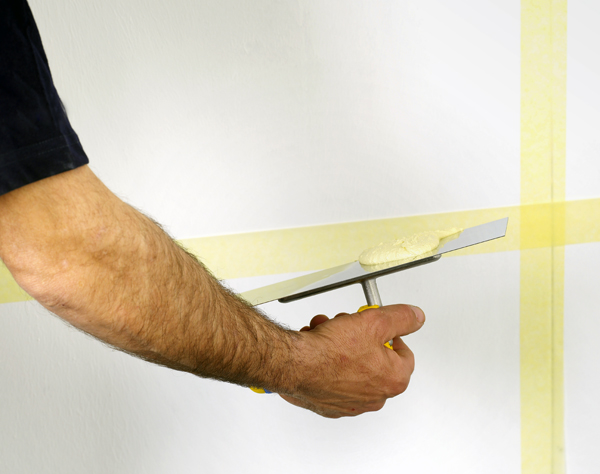
Patterns on plaster with the help of paint tape
Facade mineral plaster
Compositions of mineral plaster for outdoor use are characterized by coarse-grained texture. This is due to the fact that the facade decoration should have sufficient resistance to various adverse effects on it. Priority is the pebble species, creating relief with a pronounced surface texture.
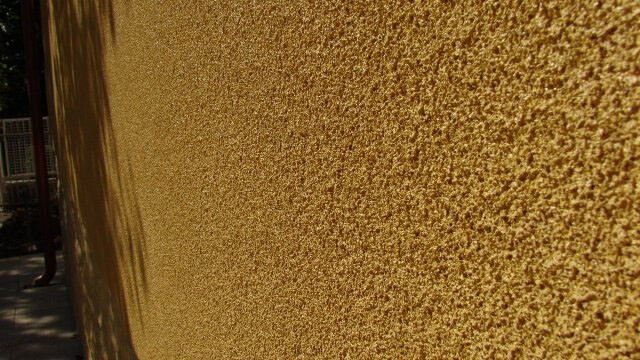
Coated facade plaster
The application of mineral plaster to the facade can be done manually or with a slurry pump. When working with it you need to stand half-way against the wall. In the hand take a gun. It must be ensured that its spout is perpendicular to the working surface. Now you can gradually open the valve. The mixture will be dispensed in 30 seconds. Apply the plaster by moving the gun vertically or horizontally. The first to fill the notches, if any. Then go to the corners. The main surface is covered with a solution in the last turn. In the future, the process of equalization or smoothing will follow. Here they work as a rule.
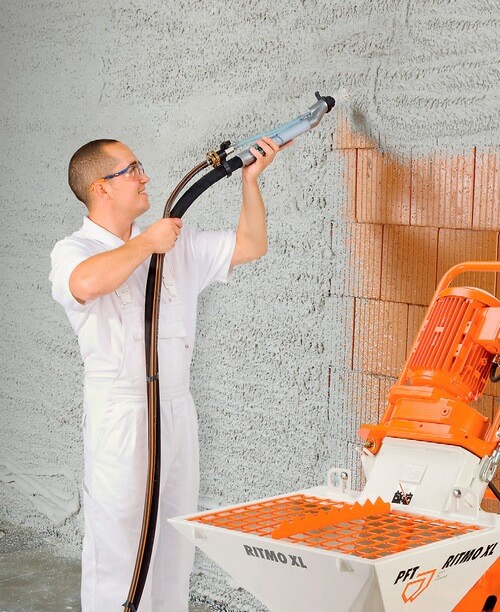
Application of plaster with mixing mortar pump
Finish the facade with mineral plaster can be at a temperature not lower than 10o and not higher than 30o. The minimum application layer is 5 mm.
Whatever method of work you choose, the surface of the walls will have to be prepared for decoration. Without fail it is necessary to repair the existing cracks, remove the remains of the old paint, remove grease or rust stains. Cracks are made by cement mortar.
In the facade works, the priming process is also inevitable to ensure optimum adhesion of the applied layer of mineral plaster. In this case, it is necessary to use primers with an antiseptic content.
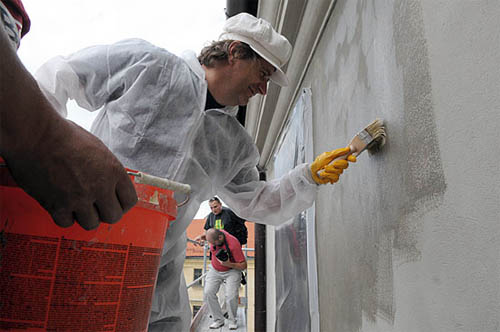
The process of priming the facade before applying plaster
While preparing the working solution of the plaster, do not violate the recommended mixing proportions. This can worsen its quality. Do not mix the mixture in large quantities. You will not have time to work it out before it “grabs”.
If you purchased mineral plaster in an already ready-to-use form, but its consistency is too thick, dilute it with plain water.
Manual work on the plastering of external walls can also be conducted according to the methods described above.
Freshly finished surfaces should be protected from debris and strong winds during drying. The easiest way to do this is by hiding them under the film.
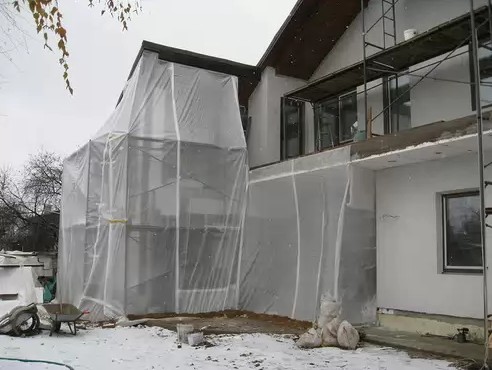
The film protects the plaster from the effects of wind
The final step will be to cover the wall with a protective coating or paint.
Mineral plaster can be used on any surface, the main thing is that the latter should be strong, even, have a uniform absorbent structure, and not be affected by fungus or mold.
Priority of choice
The modern market is full of offers of decorative and finishing mixes of various quality. Why the preference is to give it to the plaster with the mineral composition, when the shelves are full of more tempting offers? First of all, for its naturalness. Secondly, it has good resistance to weather events. She is not afraid of rain, hail, frost and sun rays.
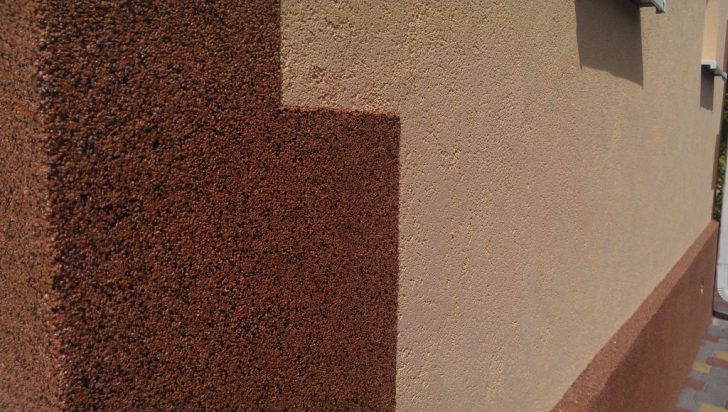
Mineral plasters are resistant to any atmospheric phenomena
Do not destroy the structure of the coating and chemicals, the concentration of which is particularly high in the area of trails. Mineral plaster is an additional insulation of the house. It has an excellent vapor permeability and will allow the walls to “breathe”, which means that the house will last much longer and the microclimate in it will always be healthy. Estimated service life is 10 years.
Conclusion
Mineral plaster is easy to work with, differs in moderate cost and at the same time it makes it possible to decorate the walls in the most diverse perspectives, so that you will not be limited in your fantasies. If there is a desire to save time and nerves, then entrust finishing work to the hands of professionals. You should be happy with the result.
Photogallery – mineral plasters
Video
Author: Mikhail Bond


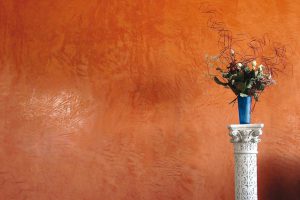
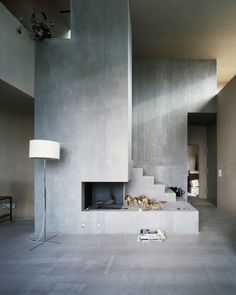
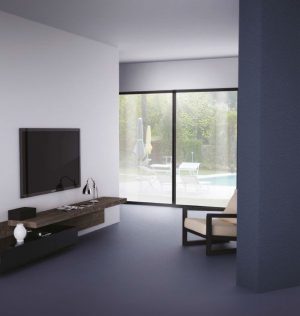
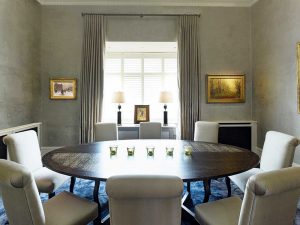
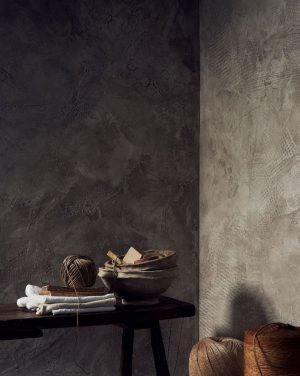
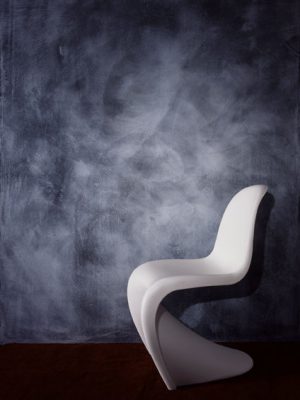
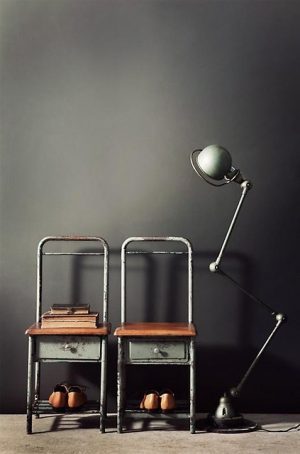
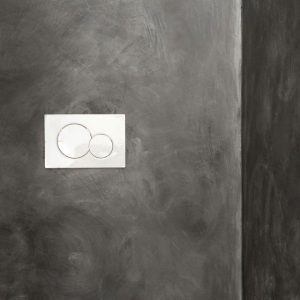
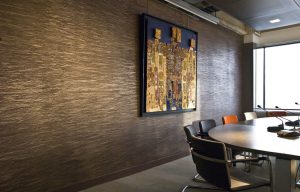
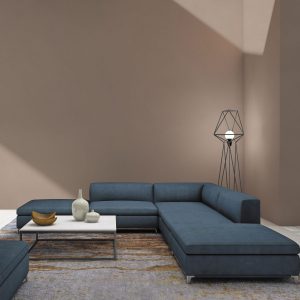
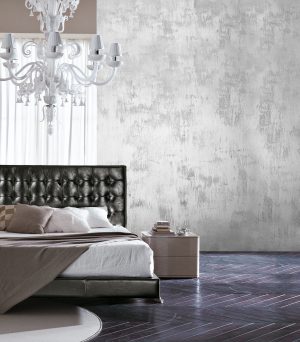
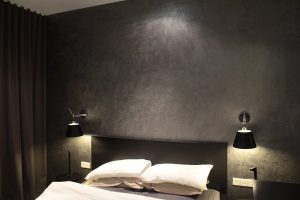
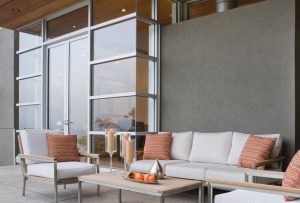
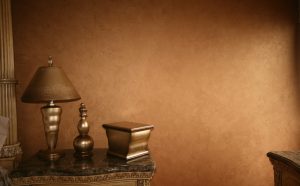

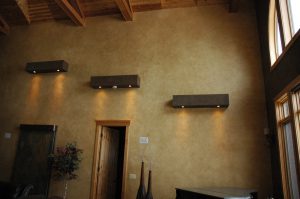
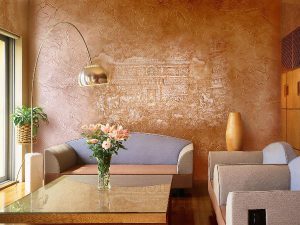

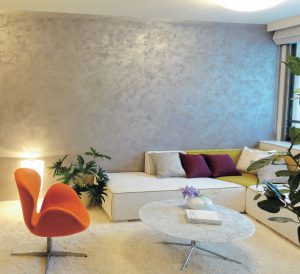
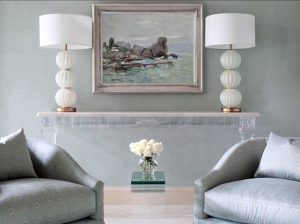
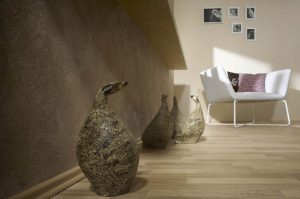

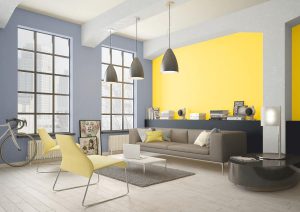
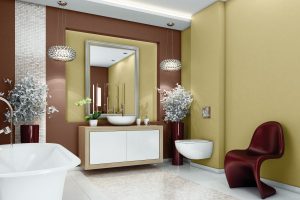
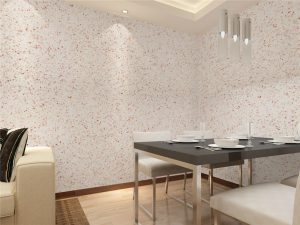

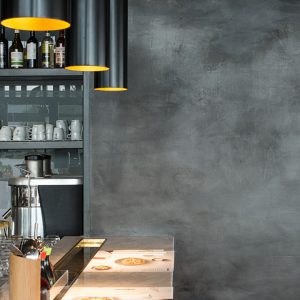
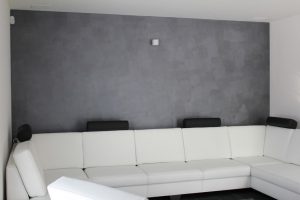
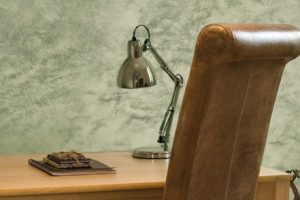
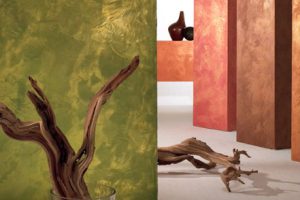
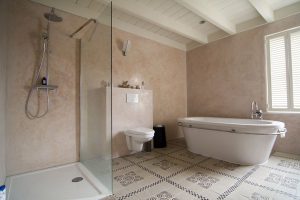

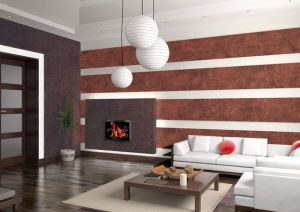



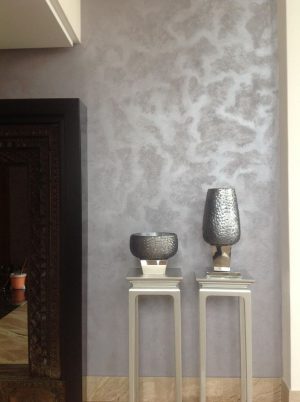

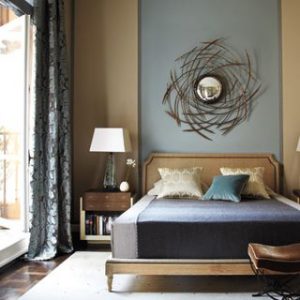

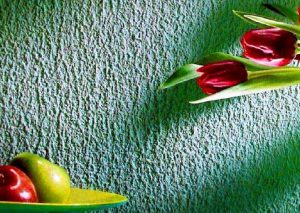
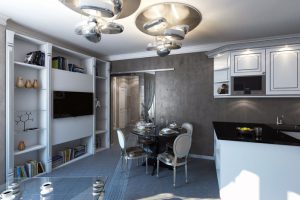
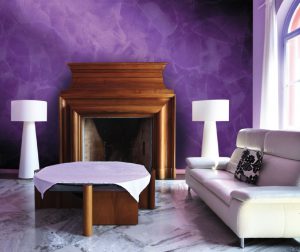
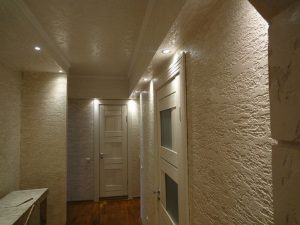
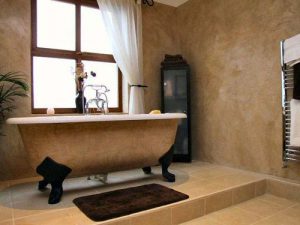
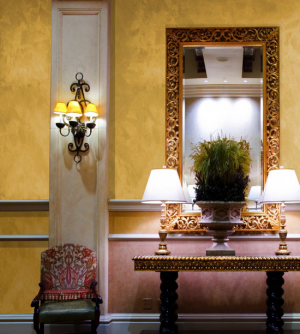
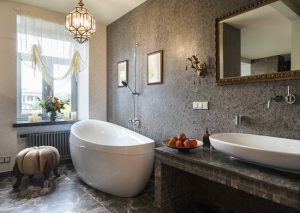
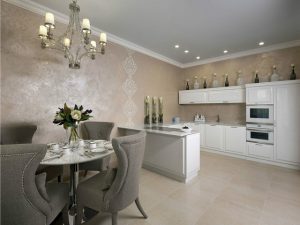

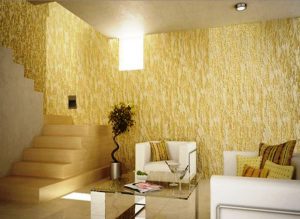
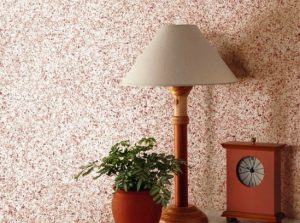
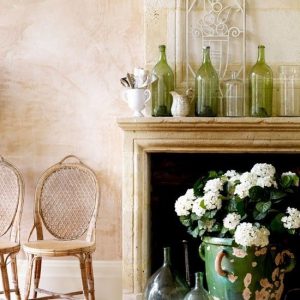
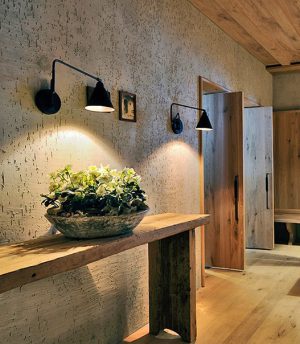
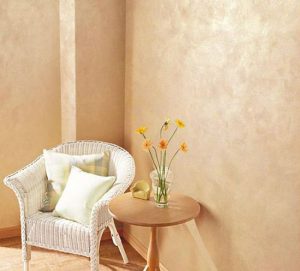
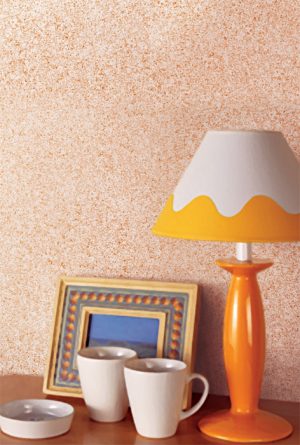
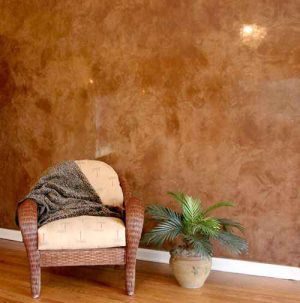
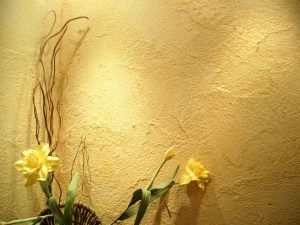
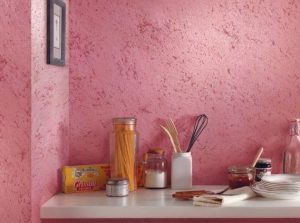
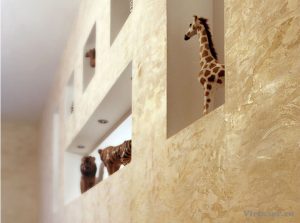
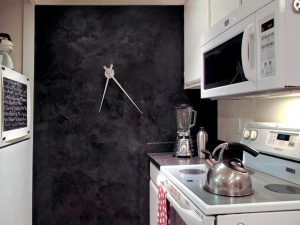

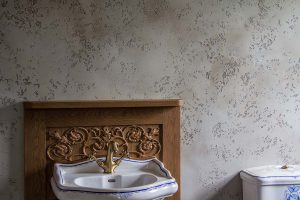
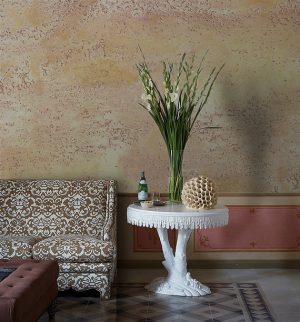
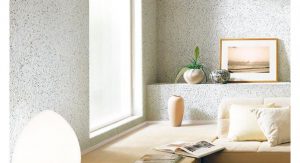
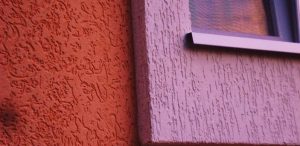


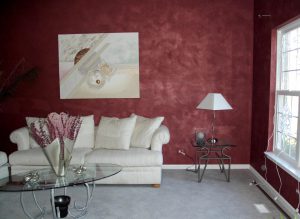
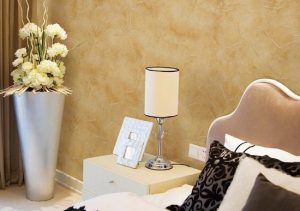
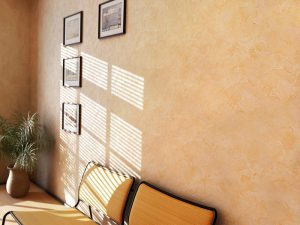
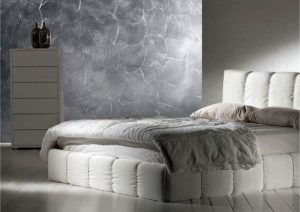
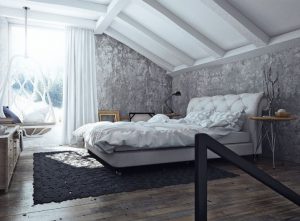
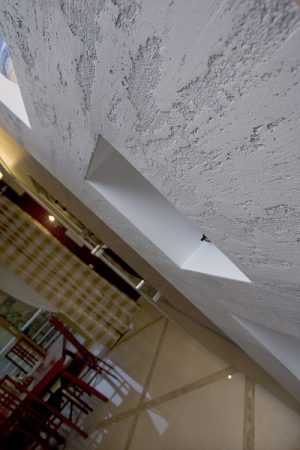
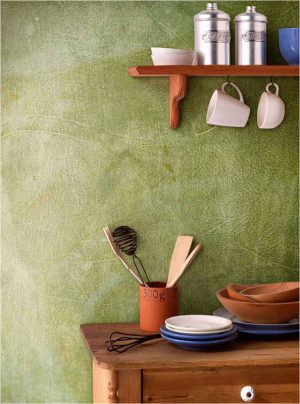
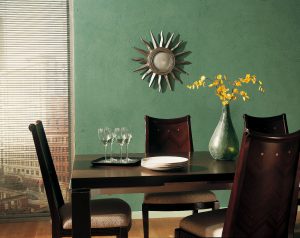
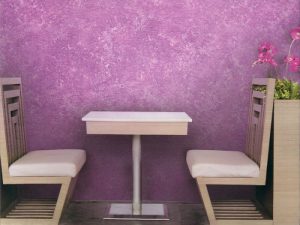

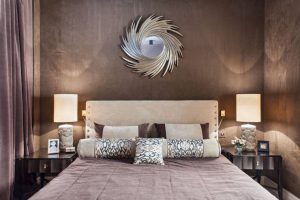
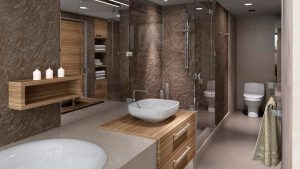

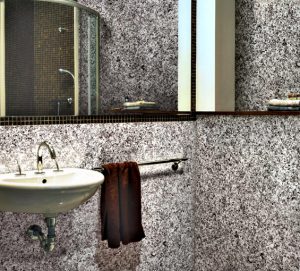

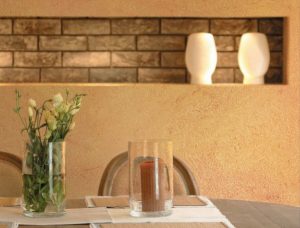
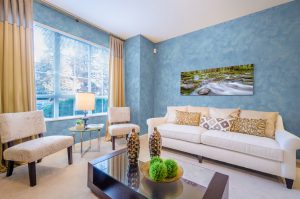

05.05.2023 @ 16:35
anules. They are used for finishing facades and large surfaces. Large-scale plaster Medium-grained mixtures contain particles of a diameter of 1.5 – 2.0 mm. They are suitable for interior decoration. Medium-grained plaster Fine-grained mixtures contain particles of a diameter of 0.5 – 1.0 mm. They are used for finishing surfaces that require a high level of detail. Fine-grained plaster In conclusion, mineral plaster is a versatile and durable finishing material that can be used for both interior and exterior decoration. The choice of the type of plaster and filler depends on the specific task and desired result. It is important to follow the instructions for use and application to achieve the best results.